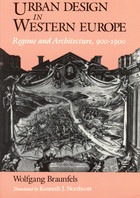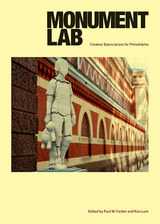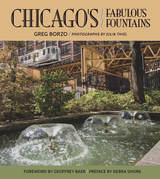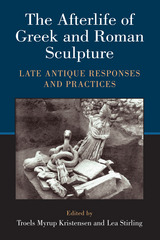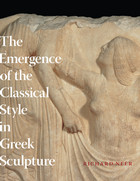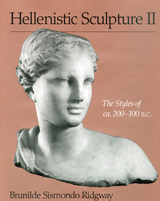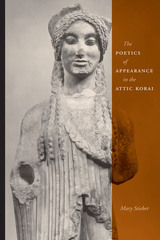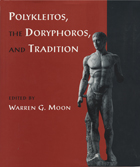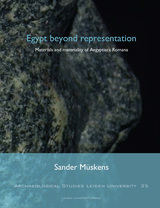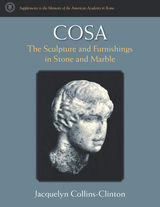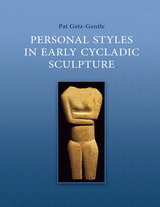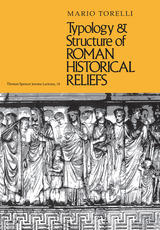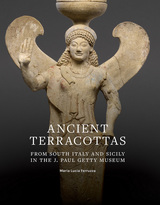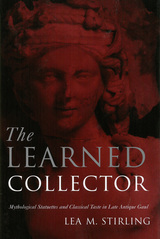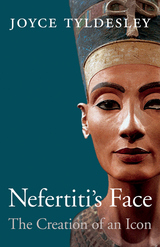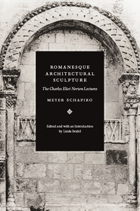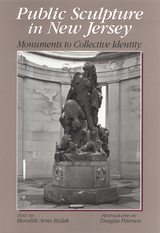Cloth: 978-0-674-02692-6
Library of Congress Classification NB92.J46 2007
Dewey Decimal Classification 733.309385
The Parthenon sculptures in the British Museum are unrivaled examples of classical Greek art, an inspiration to artists and writers since their creation in the fifth century bce. A superb visual introduction to these wonders of antiquity, this book offers a photographic tour of the most famous of the surviving sculptures from ancient Greece, viewed within their cultural and art-historical context.
Ian Jenkins offers an account of the history of the Parthenon and its architectural refinements. He introduces the sculptures as architecture--pediments, metopes, Ionic frieze--and provides an overview of their subject matter and possible meaning for the people of ancient Athens. Accompanying photographs focus on the pediment sculptures that filled the triangular gables at each end of the temple; the metopes that crowned the architrave surmounting the outer columns; and the frieze that ran around the four sides of the building, inside the colonnade. Comparative images, showing the sculptures in full and fine detail, bring out particular features of design and help to contrast Greek ideas with those of other cultures.
The book further reflects on how, over 2,500 years, the cultural identity of the Parthenon sculptures has changed. In particular, Jenkins expands on the irony of our intimate knowledge and appreciation of the sculptures--a relationship far more intense than that experienced by their ancient, intended spectators--as they have been transformed from architectural ornaments into objects of art.
See other books on: Art | Jenkins, Ian | Parthenon (Athens, Greece) | Sculpture & Installation
See other titles from Harvard University Press

